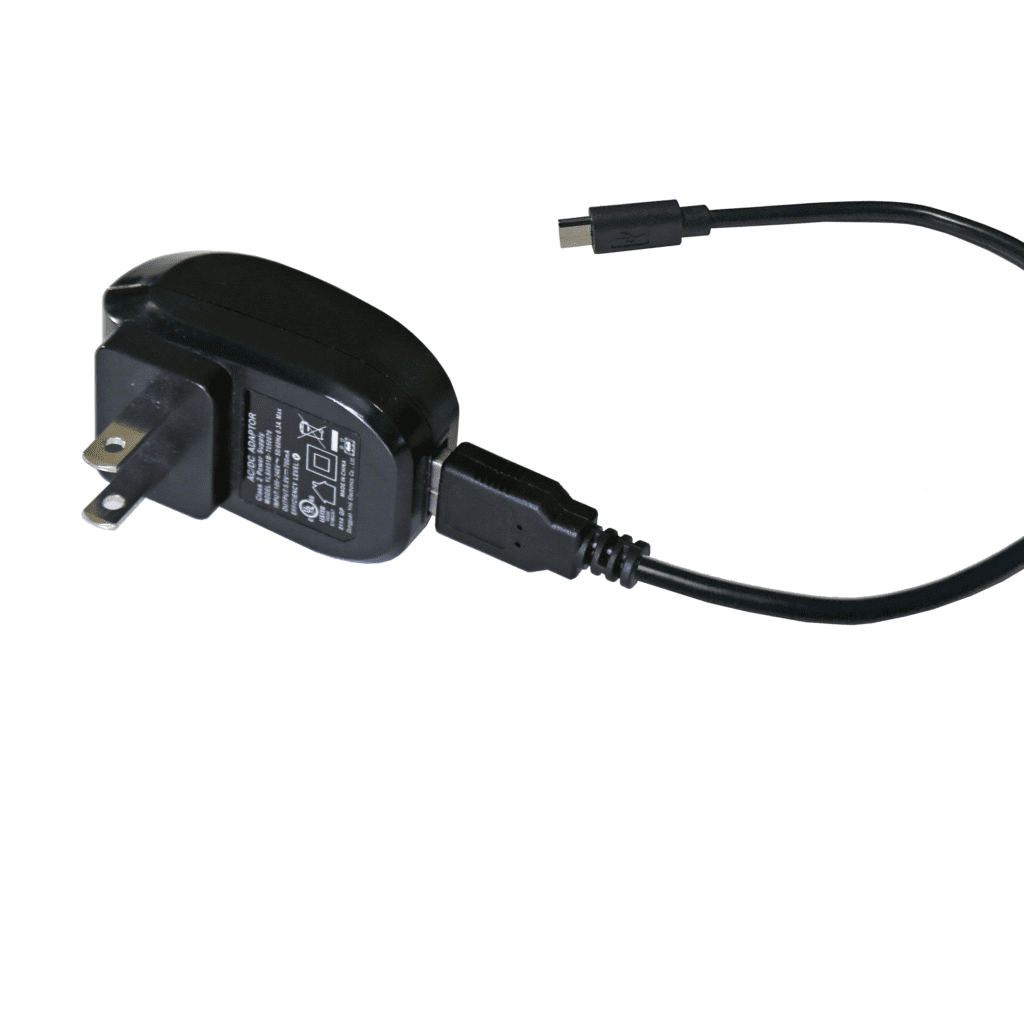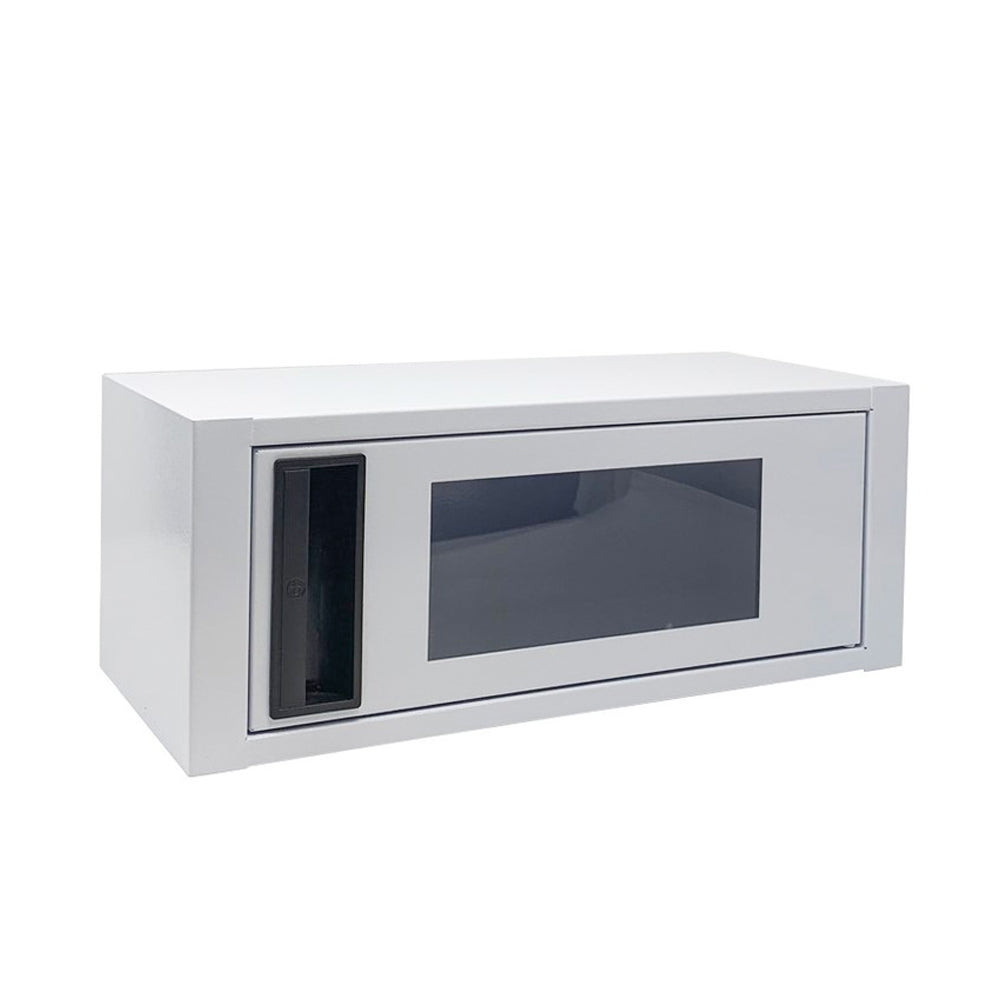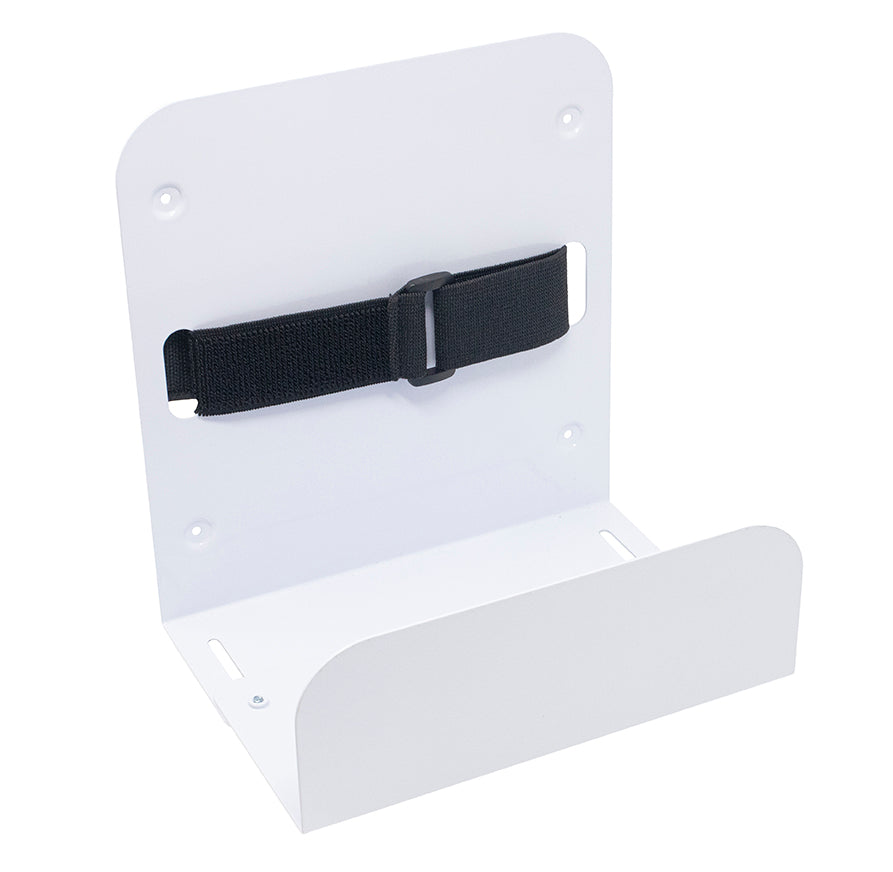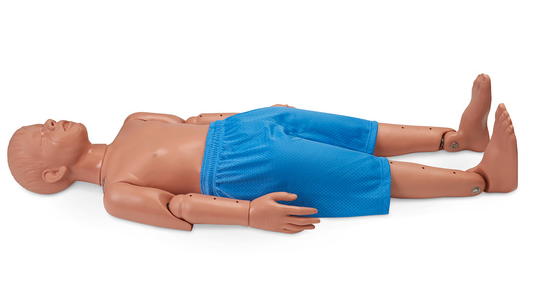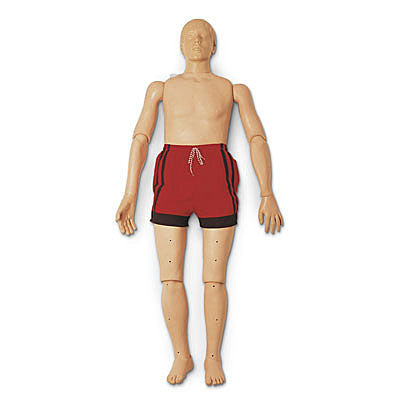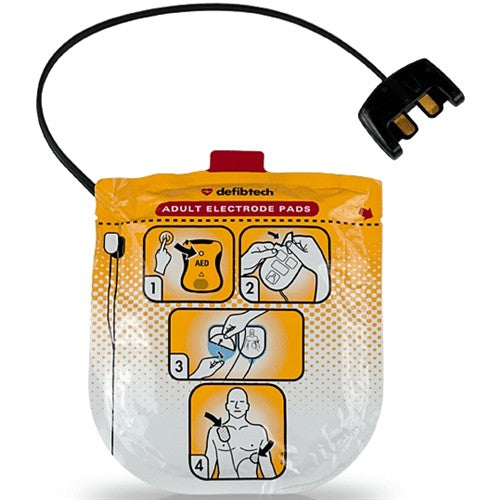Cardiac arrest is a life-threatening medical emergency that requires immediate action for the highest chance of survival. When a bystander witnesses a cardiac arrest and an Automated External Defibrillator (AED) is available nearby, prompt intervention can significantly increase the chances of the victim's survival. This article outlines the essential steps an individual should take in the event they witness a cardiac arrest and an AED is accessible, emphasizing the importance of quick action and effective utilization of bystanders and AEDs.
- Assess the Situation:
Upon witnessing a potential cardiac arrest, the bystander should quickly assess the situation to confirm if the individual is unresponsive and not breathing normally. It is crucial to act swiftly but calmly to initiate the appropriate response.
- Activate Emergency Medical Services (EMS):
The bystander should immediately call emergency services (911) or instruct someone nearby to do so. Providing the dispatcher with accurate information about the location and condition of the victim is essential for expediting the arrival of professional medical help.
- Initiate Cardiopulmonary Resuscitation (CPR):
If the victim is unresponsive and not breathing normally, the bystander should begin cardiopulmonary resuscitation (CPR) by performing chest compressions. The recommended compression rate is at least 100 to 120 compressions per minute, with each compression allowing the chest to recoil fully.
- Locate and Retrieve the Nearest AED:
Simultaneously with CPR, the bystander should locate the nearest AED. AEDs are often located in public places such as airports, gyms, schools, and workplaces. They are typically housed in clearly marked cabinets and can be easily accessed in case of an emergency.
- Apply AED Pads and Follow Instructions:
Once the AED is retrieved, the bystander should turn it on and follow the device's voice prompts or visual instructions. The AED will provide guidance on proper pad placement and timing of shock delivery. It is essential to ensure that no one is touching the victim during the analysis and shock delivery phases.
- Deliver Defibrillation Shock (If Advised):
If the AED advises delivering a shock, the bystander should ensure that everyone is clear of the victim and then press the shock button as instructed. After the shock is delivered, CPR should be resumed immediately, starting with chest compressions.
- Continue CPR and AED Utilization Until EMS Arrives:
The bystander should continue CPR and follow the AED's instructions until emergency medical services arrive on the scene. Professional medical assistance is crucial for further assessment and advanced care of the victim.
In summary, witnessing a cardiac arrest can be a daunting experience, but knowing how to respond promptly and effectively can make a life-saving difference. By activating EMS, performing CPR, and utilizing an AED when available, bystanders can significantly improve the chances of survival for cardiac arrest victims. Public awareness and education on these immediate response protocols are essential to empower individuals to take action and save lives in emergency situations
